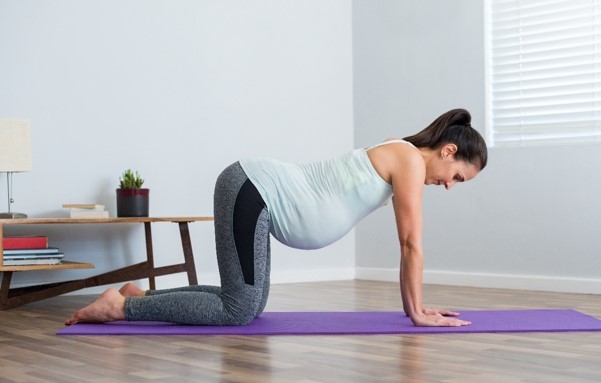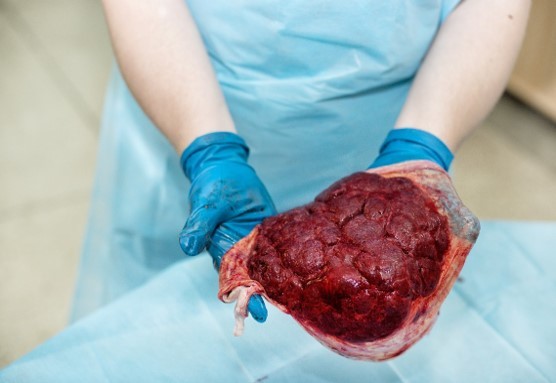Home / Healthcare & Medicine / Fertility & Birth / Journey to birth / A breakdown of the natural labour process

Reach your personal and professional goals
Unlock access to hundreds of expert online courses and degrees from top universities and educators to gain accredited qualifications and professional CV-building certificates.
Join over 18 million learners to launch, switch or build upon your career, all at your own pace, across a wide range of topic areas.

 Fig 1. Cervix changing from a long firm closed cervix to a thin soft open cervix.
Fig 1. Cervix changing from a long firm closed cervix to a thin soft open cervix. Fig 2. Graphic of a TENS machine
Fig 2. Graphic of a TENS machine
 Fig 3. All fours position
Fig 3. All fours position
 Fig 4. A placenta
Fig 4. A placenta







